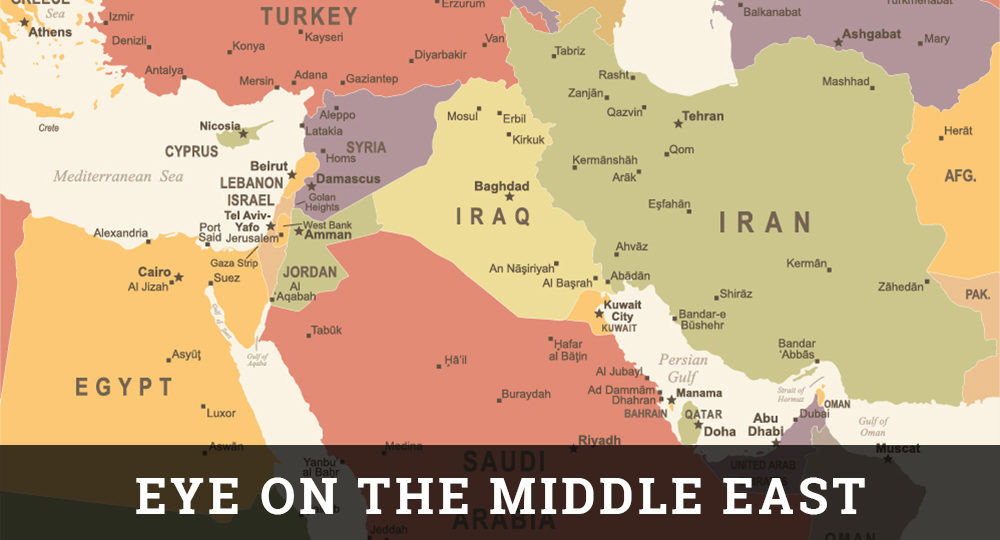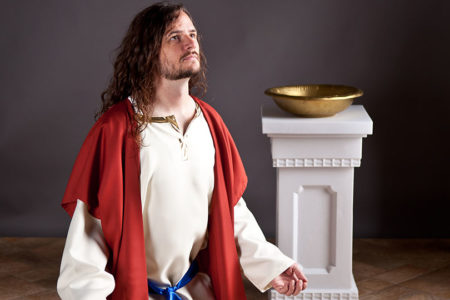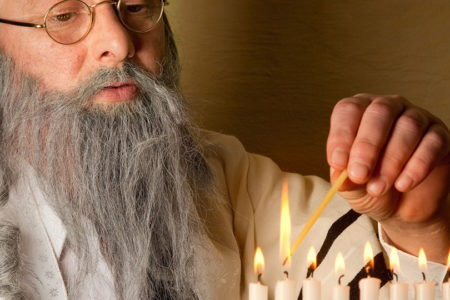Eye on the Middle East Nov/Dec 2012
In an attempt to comply with the U.S. State Department, an Israeli Knesset member has proposed legislation to let Christians and Jews pray on the Temple Mount. But the bill has ignited such an outburst of Muslim protest that it has almost no chance of passing.
Sheikh Kamal al-Khatib told reporters, “The stars in the sky are closer to us than Israel is from taking a place in the al-Aqsa Mosque.” Some Muslims even claim the legislation is an attempt to partition the Muslim sanctuary and transform it into a synagogue.
Former grand mufti of Jerusalem, Sheikh Ikrima Sabri, reacted by saying, “Al-Aqsa is our faith, our life, our dignity and honor. And if Muslims were to allow fanatical Jews to usurp it, in full or in part, then the belly of the earth would be better for us than its surface.”
In reality, the Temple Mount is Judaism’s holiest place on Earth, while Mecca is Islam’s. But the Muslim Waqf, which has administered the area since 1967, wants only Muslims to pray there. And the Israeli government enforces that dictum.
In August the U.S. State Department released its annual report on religious freedom, which criticized Israel for denying “all non-Muslims opportunities to worship at the Temple Mount” and said, “only Muslims are allowed to pray at the site.”
The Jewish Press, a weekly American newspaper, reported that Israeli Knesset member Aryeh Eldad wants to correct that Israeli policy, in compliance with the American report. “The Temple Mount is the holiest place to the people of Israel,” he said, “the place where the First and Second Temples stood. The Temple Mount is also a holy place to Muslims, where the al-Aqsa Mosque stands, and the Temple Mount is special to Christianity as well.”
Eldad’s bill would give each group access on its holidays. When holidays overlap, the groups would split time. Shared worship already exists between Jews and Muslims in Hebron at the Cave of the Patriarchs.
In another area of the world, this proposal might pose no problem. But in Israel, it will not fly. In fact, Muslim overreaction reveals a much larger story that involves the work toward a two-state solution.
When Jeffrey Feltman, UN under-secretary-general for political affairs, gave a briefing on the situation in the Middle East in August, he said, “Despite the current stagnation in the negotiating process and the obstacles to be overcome, it is clear that the two-state solution remains the best available and most realistic option for the Israelis and Palestinians.”
A senior UN official agreed and said the international community should make more effort to bring the two parties closer together.
But one has to wonder what the UN officials see as so “clear” and “realistic.” If the Muslims cannot even discuss worship on the Temple Mount, what type of herculean effort will be able to bring the parties together to discuss land rights, water rights, air space, borders, and other critical issues?
The prophet Amos’s simple question, “Can two walk together, unless they are agreed?” (Amos 3:3) begs an answer.






